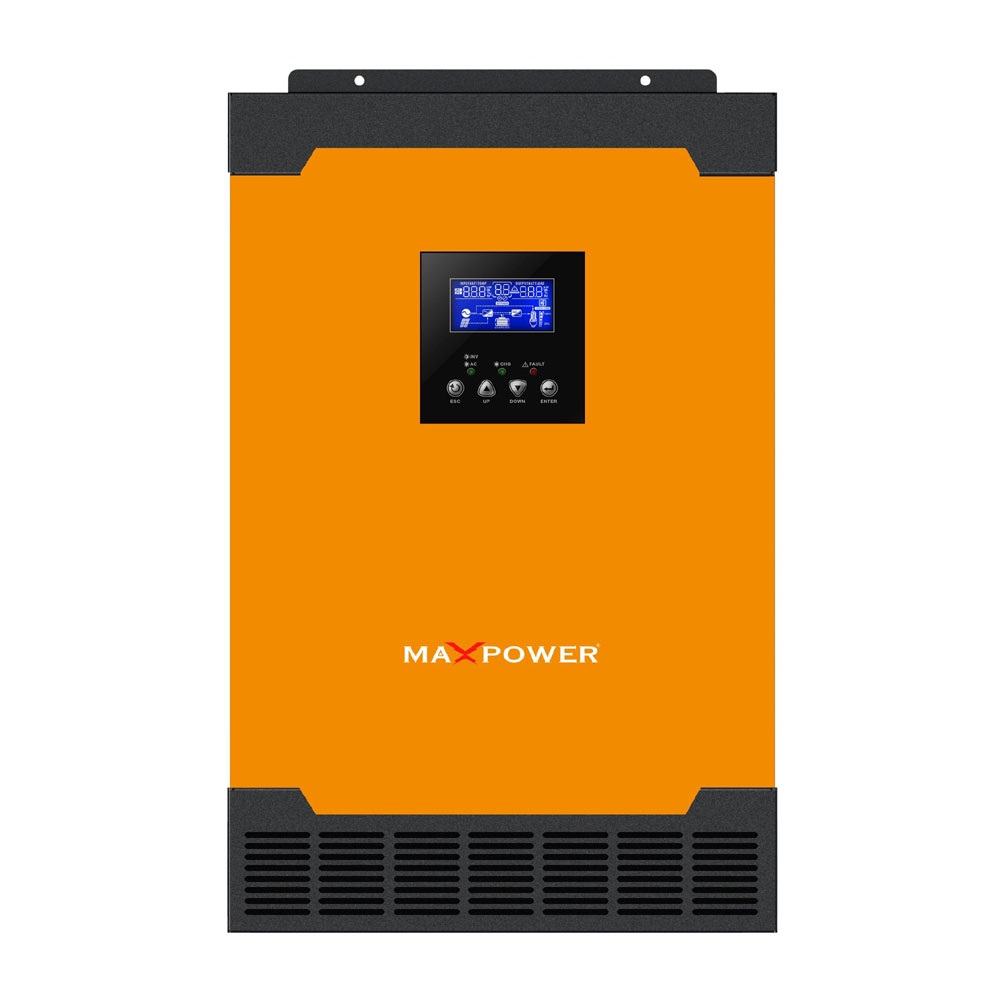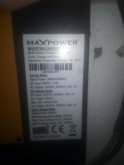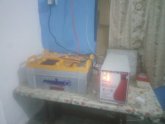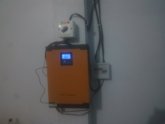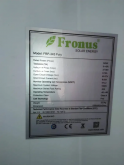Hi all,
I have a 5Kva PV inverter - hybrid. I don't have any batteries connected at the moment though.
The booklet says that Max PV voltage is 500Vdc
I have 11 250w plates in series.
occasionally (at odd times of day) the inverter will trip saying that PV voltage is beyond specification. eg. at 8 am.
Any ideas?
during the day it hovers around 450 volts. Tested the input from before and after the DC panels breaker and the numbers are identical +/-3 as on the inverter screen
but when i run any load on the inverter I do not get the max i would expect (250x11 = 2750 Watts of power) i only get around 1.2kw
Why is voltage from panels always at it's maximum?
I have a 5Kva PV inverter - hybrid. I don't have any batteries connected at the moment though.
The booklet says that Max PV voltage is 500Vdc
I have 11 250w plates in series.
occasionally (at odd times of day) the inverter will trip saying that PV voltage is beyond specification. eg. at 8 am.
Any ideas?
during the day it hovers around 450 volts. Tested the input from before and after the DC panels breaker and the numbers are identical +/-3 as on the inverter screen
but when i run any load on the inverter I do not get the max i would expect (250x11 = 2750 Watts of power) i only get around 1.2kw
Why is voltage from panels always at it's maximum?



